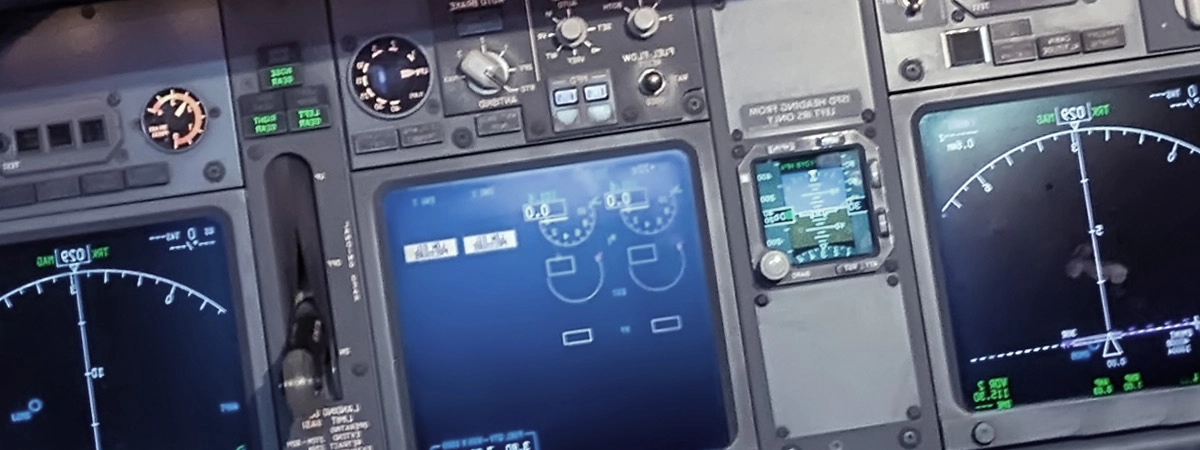ETSI EN 301 489 EMC Testing of Marine Communication Equipment
The European Telecommunications Standards Institute (ETSI) standard ETSI EN 301 489 is a critical specification for ensuring that marine communication equipment meets the stringent electromagnetic compatibility (EMC) requirements necessary to function reliably in challenging maritime environments. This standard ensures that devices like VHF radios, satellite phones, and other navigation aids do not interfere with each other or cause harmful emissions.
The EMC testing process is essential for manufacturers of marine communication equipment who wish to ensure their products comply with the latest regulatory requirements. Compliance with ETSI EN 301 489 is mandatory for any device intended for use within EU territories and associated regions, ensuring consistent quality across different markets.
The standard defines a wide range of test procedures designed to evaluate the electromagnetic performance of devices under various conditions including emissions testing (measuring unwanted signals), immunity tests (ensuring robustness against interference), and conducted emissions and susceptibility tests. These tests are critical in preventing radio frequency interference between vessels, which can lead to safety hazards.
During these tests, equipment is subjected to a series of controlled electromagnetic environments that mimic real-world conditions encountered at sea. This includes exposure to various levels of electromagnetic noise, from low-frequency signals generated by navigation aids to high-frequency emissions from other electronic devices. The goal is to ensure that the tested equipment can operate effectively without causing interference and remains unaffected by external sources.
The testing process typically involves several stages: initial design review, prototype evaluation, full-scale product testing, and finally, certification audits. Each stage ensures that potential issues are identified early in the development cycle, reducing costs and time-to-market for manufacturers.
| Application | Description |
|---|---|
| VHF Radios | Used for short-range communication between ships and shore stations. |
| Satellite Phones | Critical for emergency communications in remote areas. |
| Navigation Systems | Ensure safe navigation by providing precise location data and route guidance. |
| GPS Devices | Aid in accurate positioning, crucial for maritime operations. |
Benefits
- Ensures compliance with EU regulations and enhances market access.
- Reduces the risk of product recalls due to non-compliance issues.
- Improves customer satisfaction by delivering reliable products.
- Aids in reducing potential safety hazards on waterways.
Customer Impact and Satisfaction
Clients who choose to have their marine communication equipment tested according to ETSI EN 301 489 not only ensure regulatory compliance but also improve the overall quality of their products. By meeting these stringent standards, manufacturers can enhance their reputation among end-users, thereby increasing customer satisfaction and loyalty.
The testing process itself is a collaborative effort between the laboratory, the manufacturer, and sometimes independent third-party auditors. This ensures that all aspects of the equipment are thoroughly evaluated, leading to more robust and reliable products. The detailed reports generated from these tests provide valuable insights into any areas for improvement, which can be used by manufacturers to enhance future iterations of their devices.
For quality managers and compliance officers, adhering to ETSI EN 301 489 not only simplifies the certification process but also demonstrates a commitment to excellence. This is particularly important in an industry where safety and reliability are paramount. For R&D engineers, this service offers a robust framework within which they can develop new technologies while ensuring they meet all necessary standards.
Moreover, the testing aligns with international best practices as outlined by ISO 14001 for environmental management systems, further enhancing the overall quality assurance process. This holistic approach not only helps in achieving regulatory compliance but also promotes a culture of continuous improvement and innovation within the organization.





